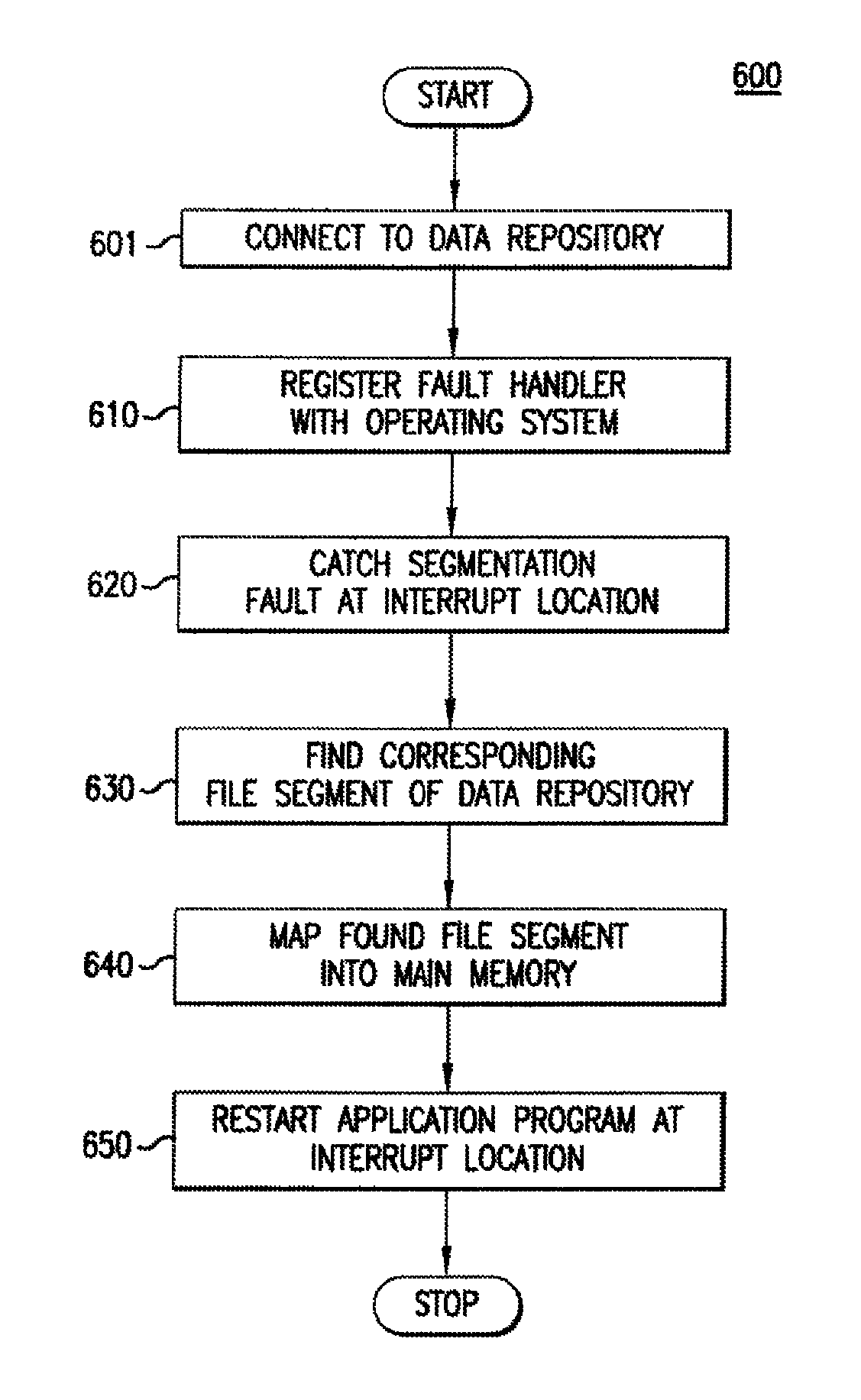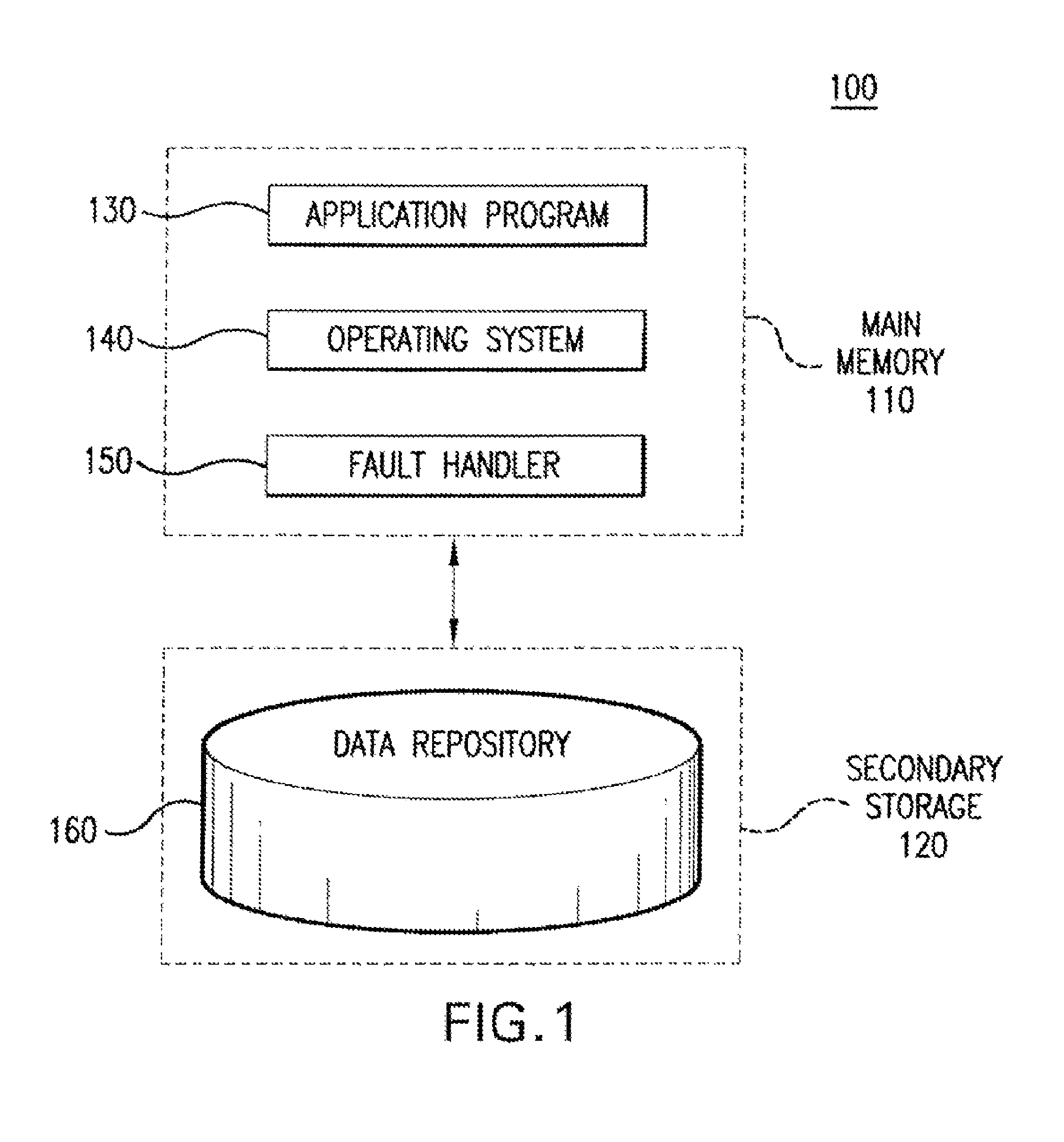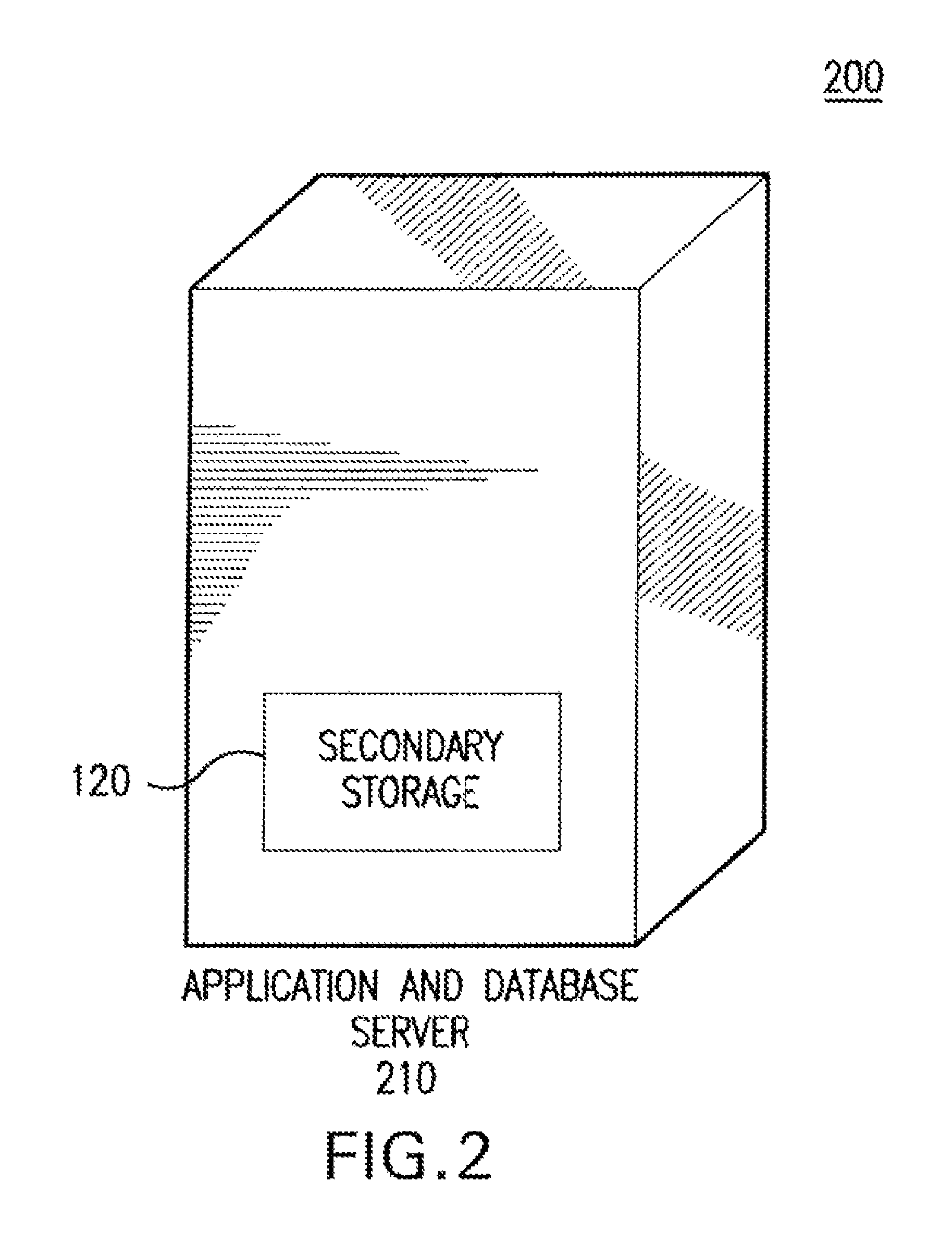Multi-writer in-memory non-copying database (MIND) system and method
a database and mind technology, applied in the field of object-oriented databases, can solve the problems of excessive database cost, large memory large storage space requirements of such databases,
- Summary
- Abstract
- Description
- Claims
- Application Information
AI Technical Summary
Problems solved by technology
Method used
Image
Examples
Embodiment Construction
[0026]An embodiment of the present invention is an improvement of the prior SAGA product. In an embodiment of the present invention, the Multi-Writer In-Memory Non-Copying Database (MIND) enables multiple non-conflicting changes to be written concurrently to an existing persistent database of, for example, C++ objects. While reads from an in-memory database are extremely rapid, writes to an in-memory database may require the creation of disk-based logfiles for crash recovery purposes; therefore, to scale SAGA for larger data volumes, the present invention uses multiple simultaneous writers with each writer updating its own logfile, so that the effective disk writing speed is increased and lock conflicts are reduced. Embodiments of the present invention may use a plurality of writing processes to simultaneously update a plurality of objects in the data repository, wherein each writing process writes to one object at a time, and wherein the objects in the data repository are divided i...
PUM
 Login to View More
Login to View More Abstract
Description
Claims
Application Information
 Login to View More
Login to View More - R&D
- Intellectual Property
- Life Sciences
- Materials
- Tech Scout
- Unparalleled Data Quality
- Higher Quality Content
- 60% Fewer Hallucinations
Browse by: Latest US Patents, China's latest patents, Technical Efficacy Thesaurus, Application Domain, Technology Topic, Popular Technical Reports.
© 2025 PatSnap. All rights reserved.Legal|Privacy policy|Modern Slavery Act Transparency Statement|Sitemap|About US| Contact US: help@patsnap.com



